Cinerary Urns of Memory and Exhibit Hall
Introduction
Text-to-speech Audio
These four empty cinerary urns, two each at the entrances of Memory Hall and Exhibit Hall, were sculpted and placed for decorative purposes. Originally intended to be larger and placed at the four corners of the Liberty Memorial courtyard, the urns were made smaller and placed at the entrances to both halls as part of a redesign to fit the memorial's budget during construction.
Images
Cinerary Urn, Memorial Hall
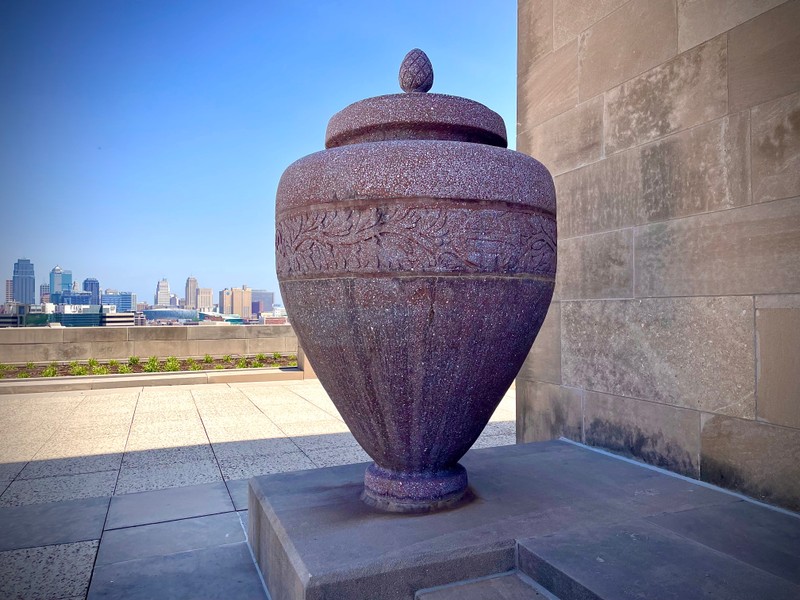
Cinerary Urn, Exhibit Hall, close up
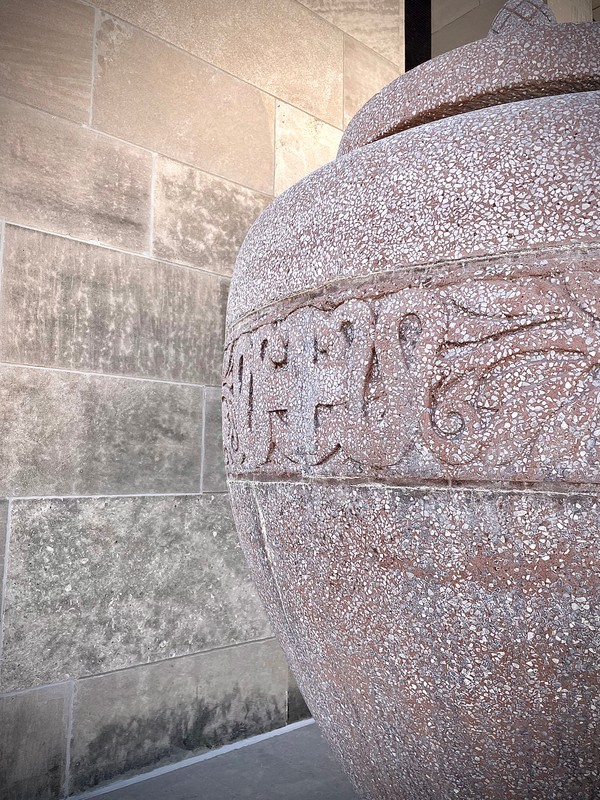
Detail, cinerary urn (agriculture and manufacturing)
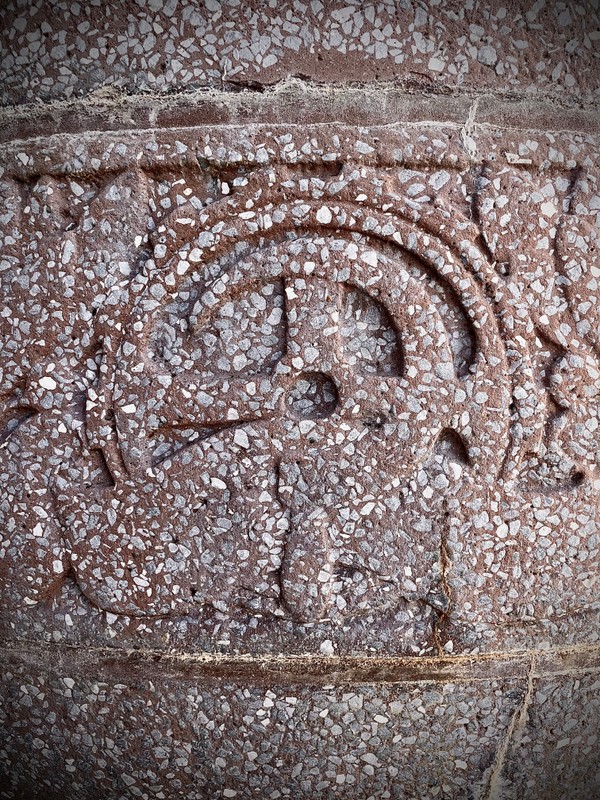
Detail, cinerary urn (Army and Navy)
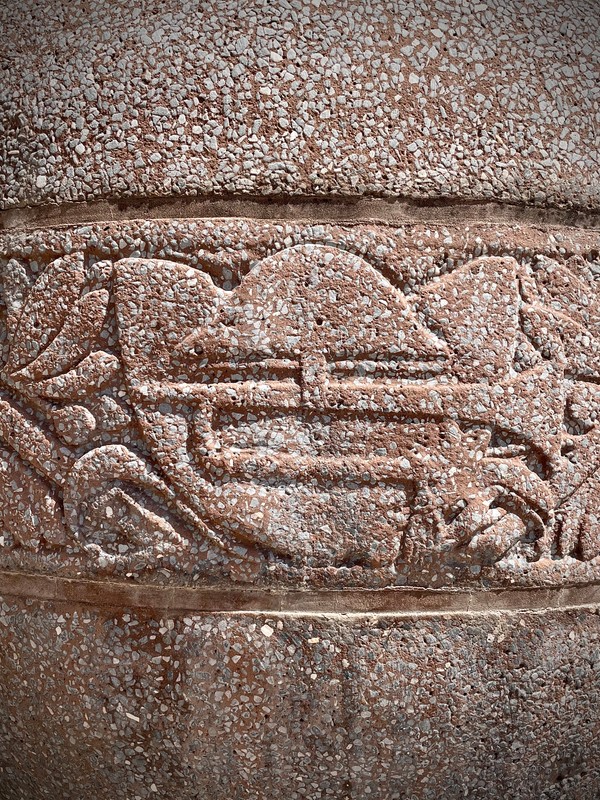
Detail, cinerary urn (Red Cross)
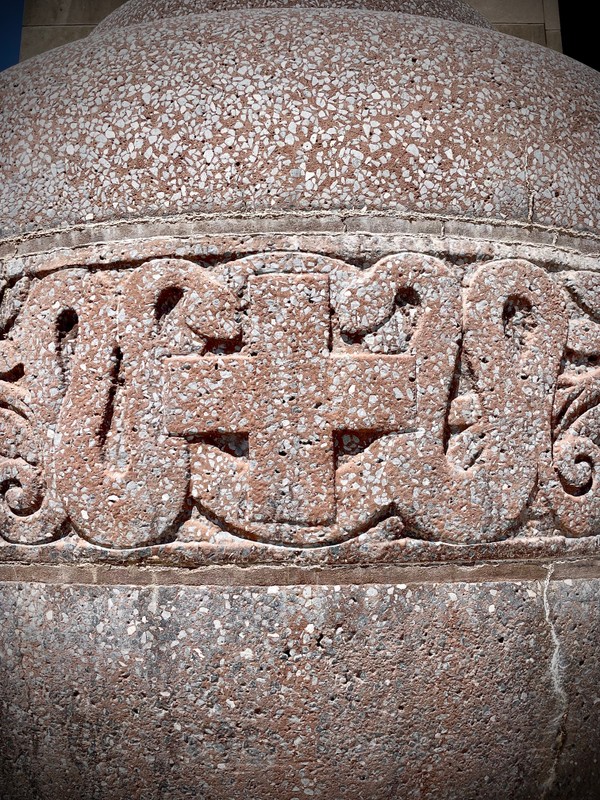
Detail, cinerary urn (transportation)
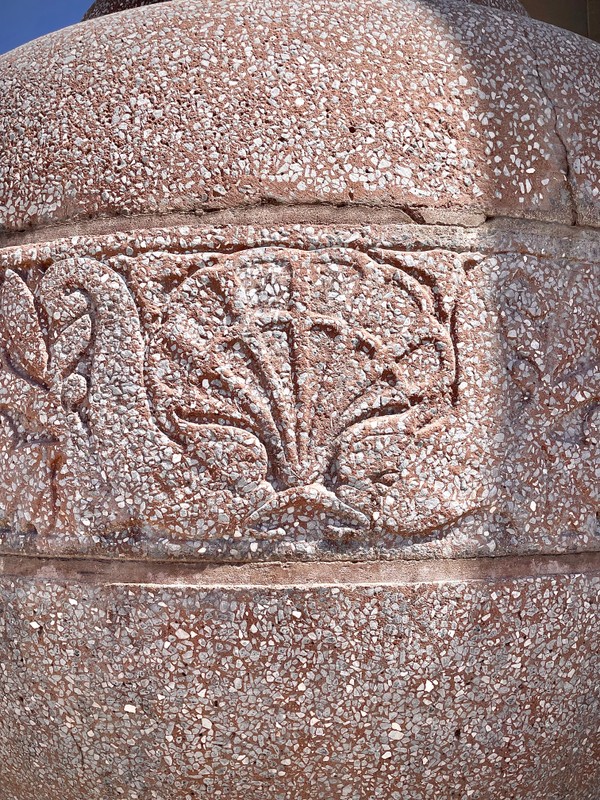
Backstory and Context
Text-to-speech Audio
Though cinerary urns traditionally contain cremated remains, these four cinerary urns, two each at the entrances for Memory Hall and Exhibit Hall, were sculpted and placed for decorative purposes. Originally intended to be much larger and placed at the four corners of the Liberty Memorial courtyard, the urns were made smaller and placed at the entrances to each of the halls as part of a redesign to fit the budget during the memorial's construction between 1923 and 1926. Later, due to water damage after years of exposure to the elements and weather, the original urns were replaced in 2002 by the ones seen today, which are made of a more durable casted aggregate cement.
Around each urn is a band of laurel leaves with the emblems of the Army and Navy, American agricultural and manufacturing sectors, the Red Cross, and the American transportation industry.
The United States Army and Navy, which includes the United States Marine Corps and the service of American aviators in the First World War, are represented by the bugle and period-appropriate combat helmet.
The American agricultural and manufacturing sectors are represented by the cogged industrial wheel with a farmer's sickle overlayed.
The American Red Cross is represented by the traditional square cross of the medical community, flanked by two snakes, emblematic of the traditional symbol of healing and medicine, the "caduceus."
The American transportation industry is represented by the scallop shell flanked by two stylized dolphins, emblematic of the seaborne merchant and military transportation services crucial to the international war effort.
Cite This Entry
Nikki Dean on behalf of National WWI Museum and Memorial. "Cinerary Urns of Memory and Exhibit Hall ." Clio: Your Guide to History. August 22, 2023. Accessed April 2, 2025. https://theclio.com/entry/172019
Sources
Magonigle, Harold Van Buren. Perpetuating the American Ideal: The Liberty Memorial in Kansas City, Missouri. Kansas City, Missouri. Liberty Memorial Association, 1941.
Donovan, Derek. Lest the Ages Forget: Kansas City's Liberty Memorial. Kansas City, Missouri. Kansas City Star Books, 2001.
Personal photo, N. Dean
Personal photo, N. Dean
Personal photo, N. Dean
Personal photo, N. Dean
Personal photo, N. Dean
Personal photo, N. Dean

